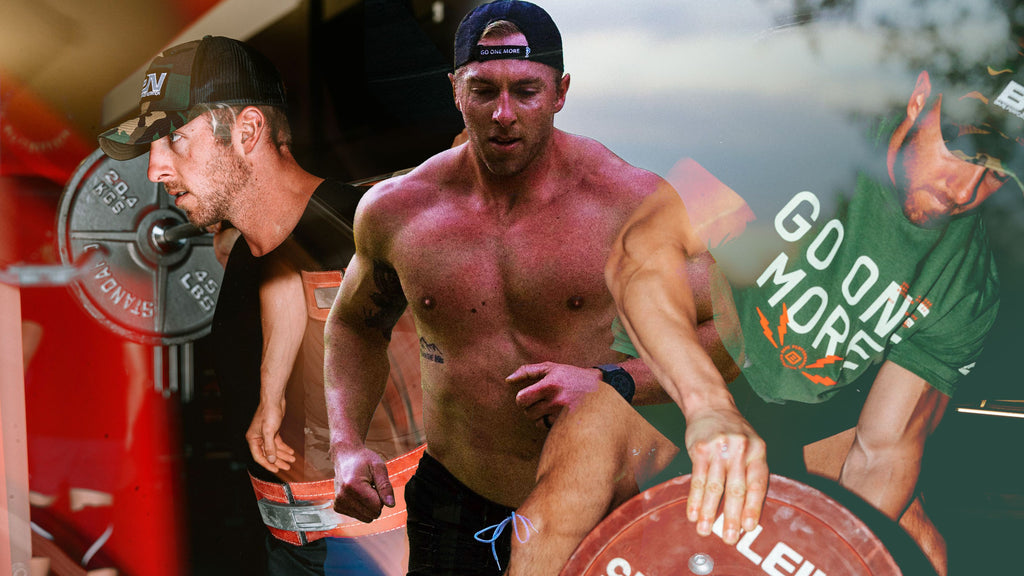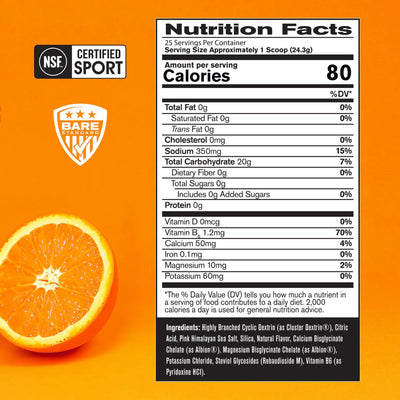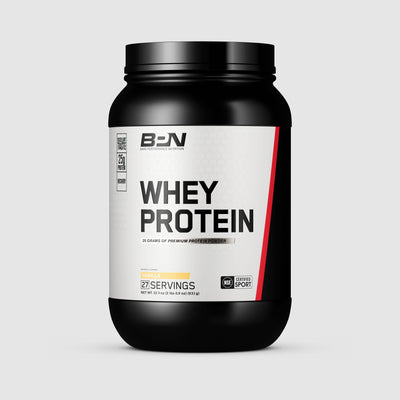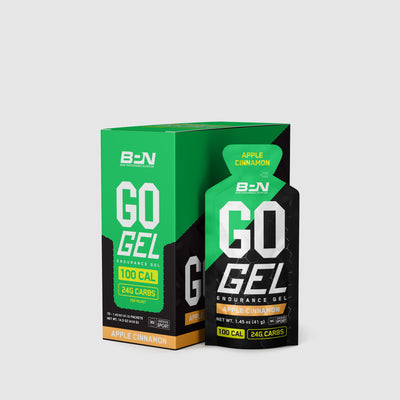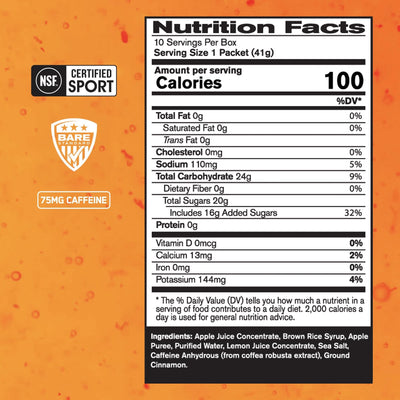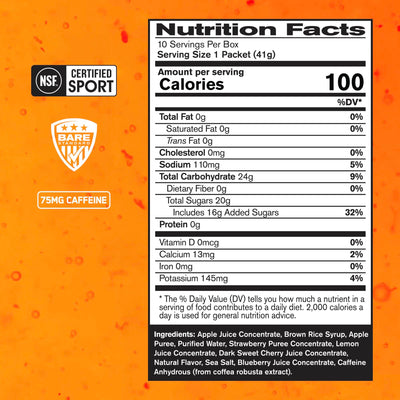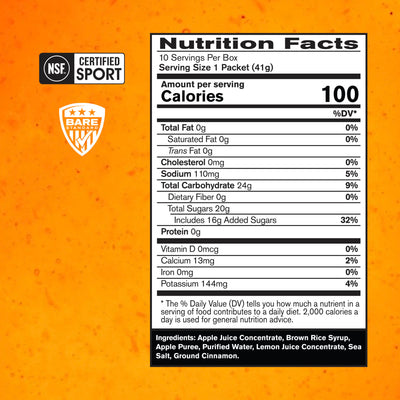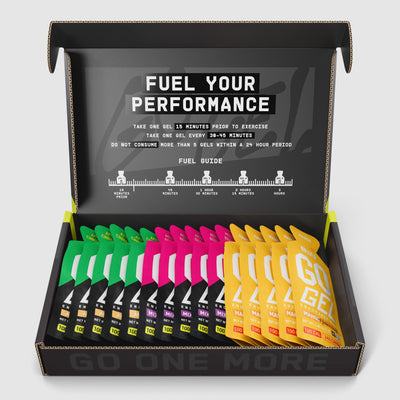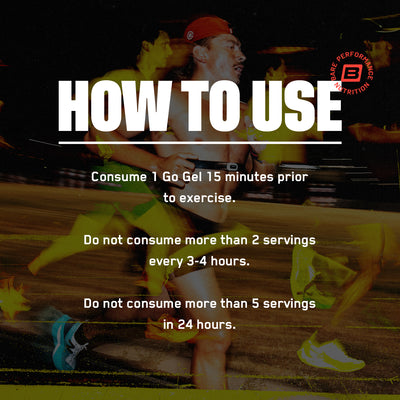The common belief is that running and lifting, when trained together, are ineffective. Many people claim that specificity is key. If you want to run faster, you don't need to strength train, and if size and strength are your focus, the last thing you should be doing is running.
We understand that specificity has its place in the pursuit of big goals. When Nick Bare, BPN Founder, and CEO, was training for his sub-2:50 marathon just a few months ago, he intentionally decreased his frequency and volume of strength training. However, he didn't eliminate it. Nick understands the value lifting provides him as an athlete. And the same is valid for running during a building phase.
The hybrid athlete approach creates and develops better athletes. We challenge the concept that you can't gain size, put on muscle, and increase strength while continuing to run. For years, Nick has proved that you can (and should) balance the two and achieve audacious goals. Will it be easy? No. This approach takes work. It's a hard you choose - and as many athletes would attest, it's worth the effort.
Want to see how this training style can further your performance and health? The three rules that follow will show you the way!

